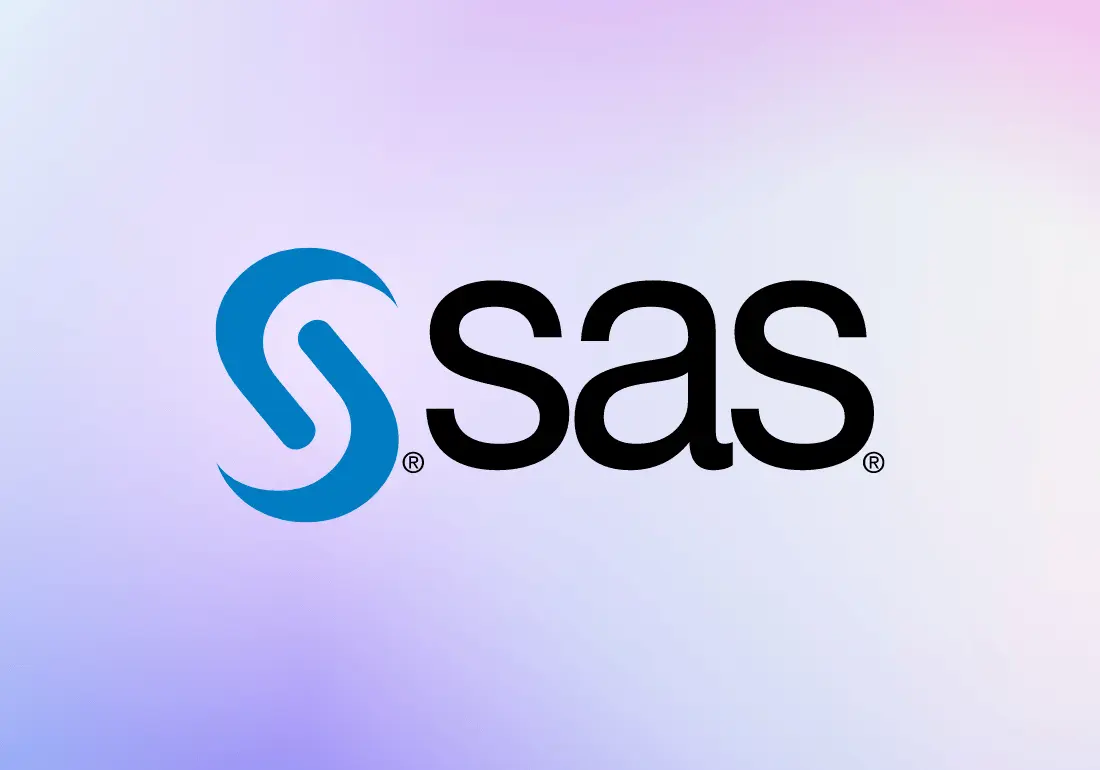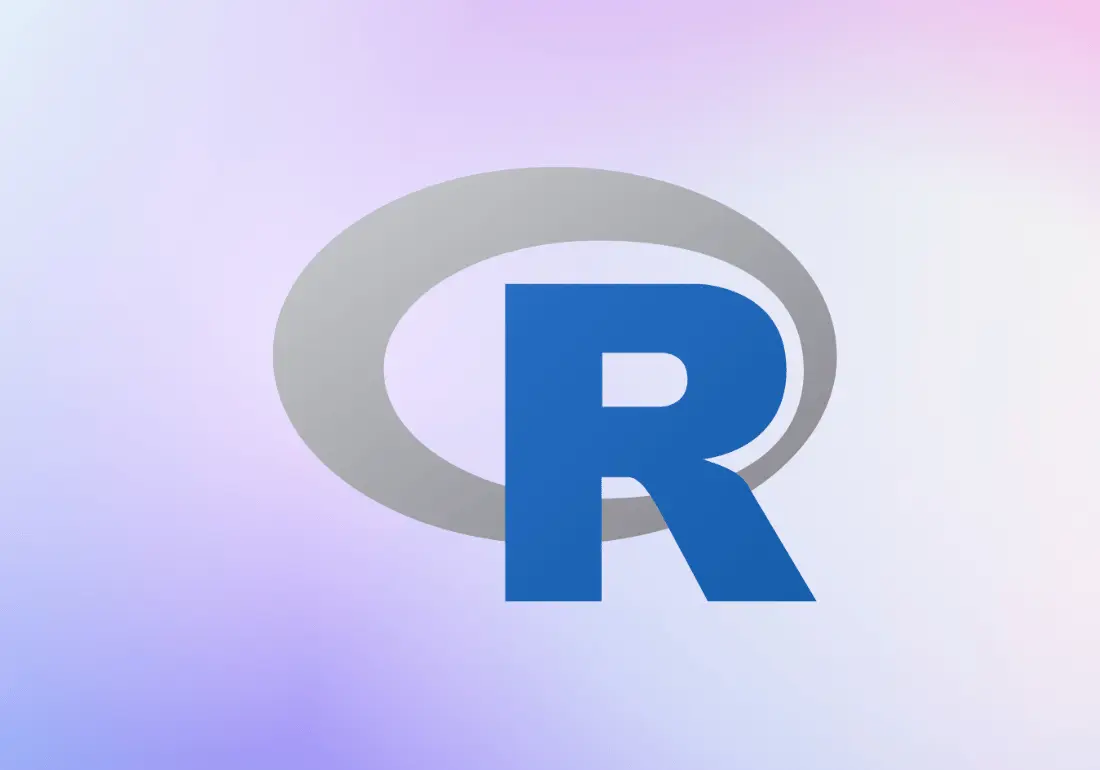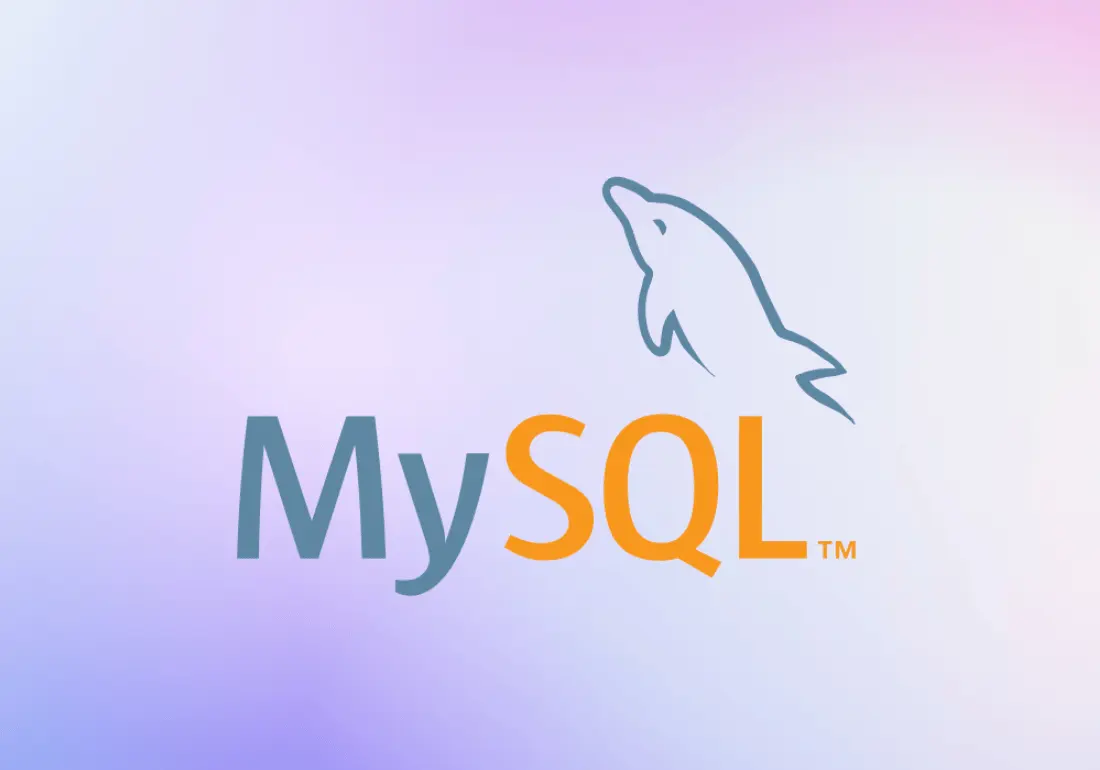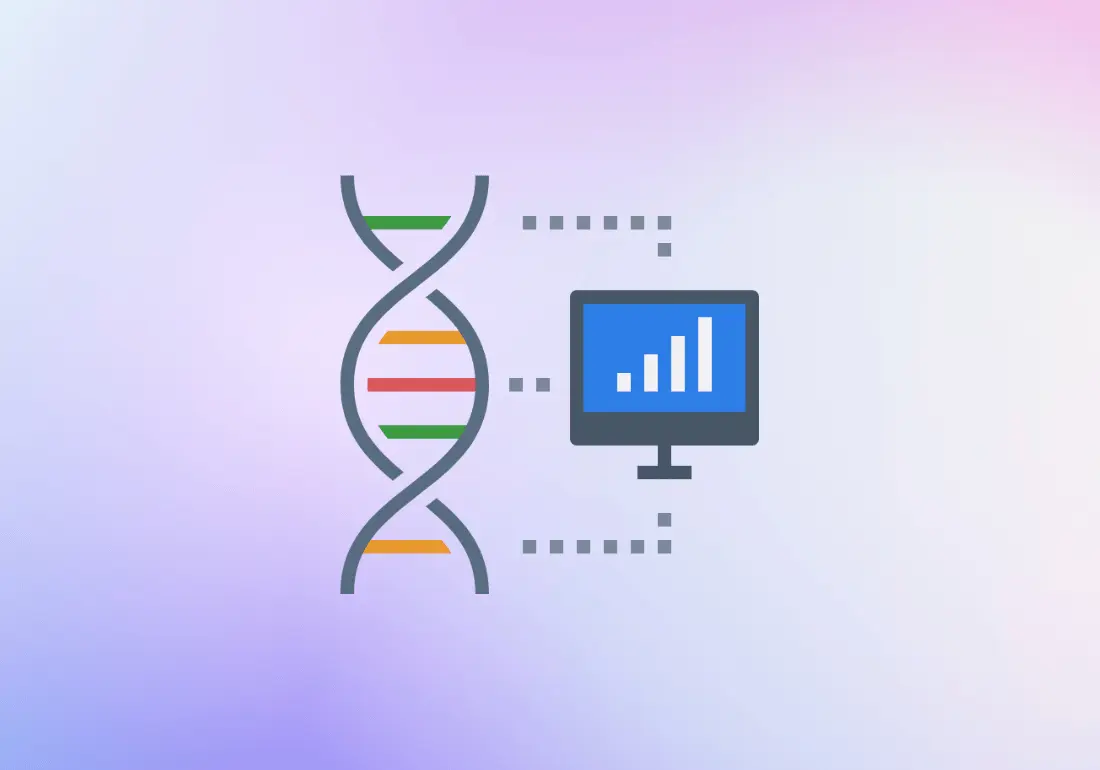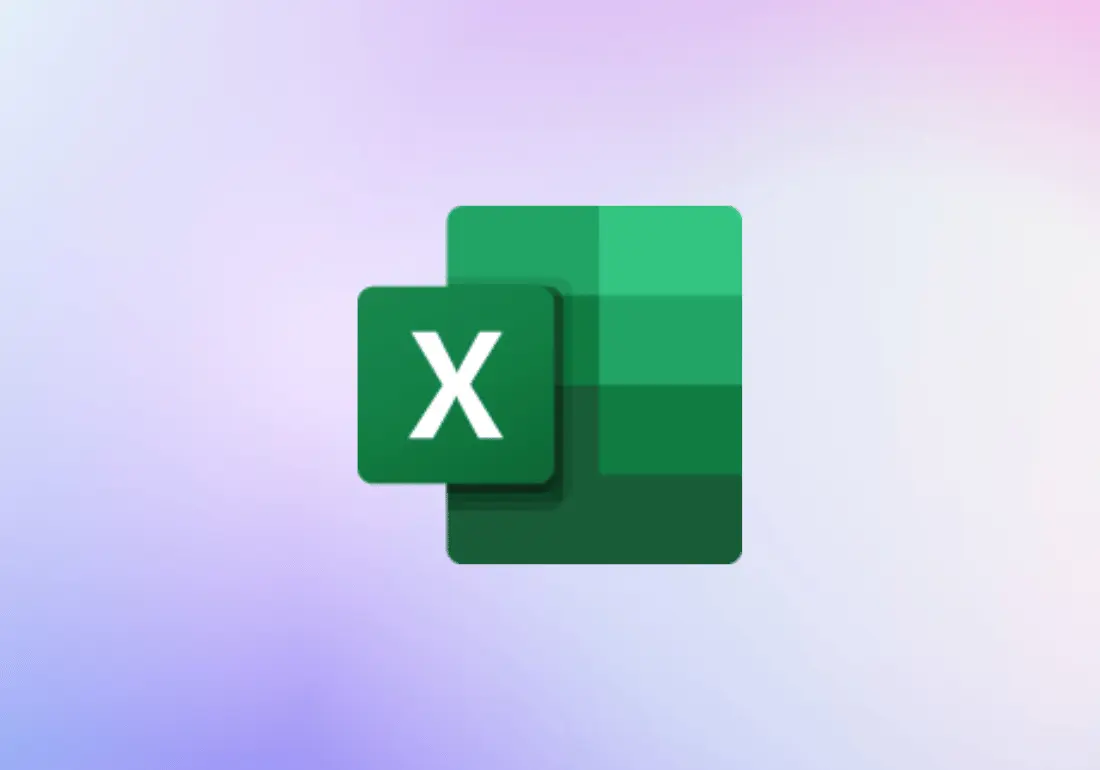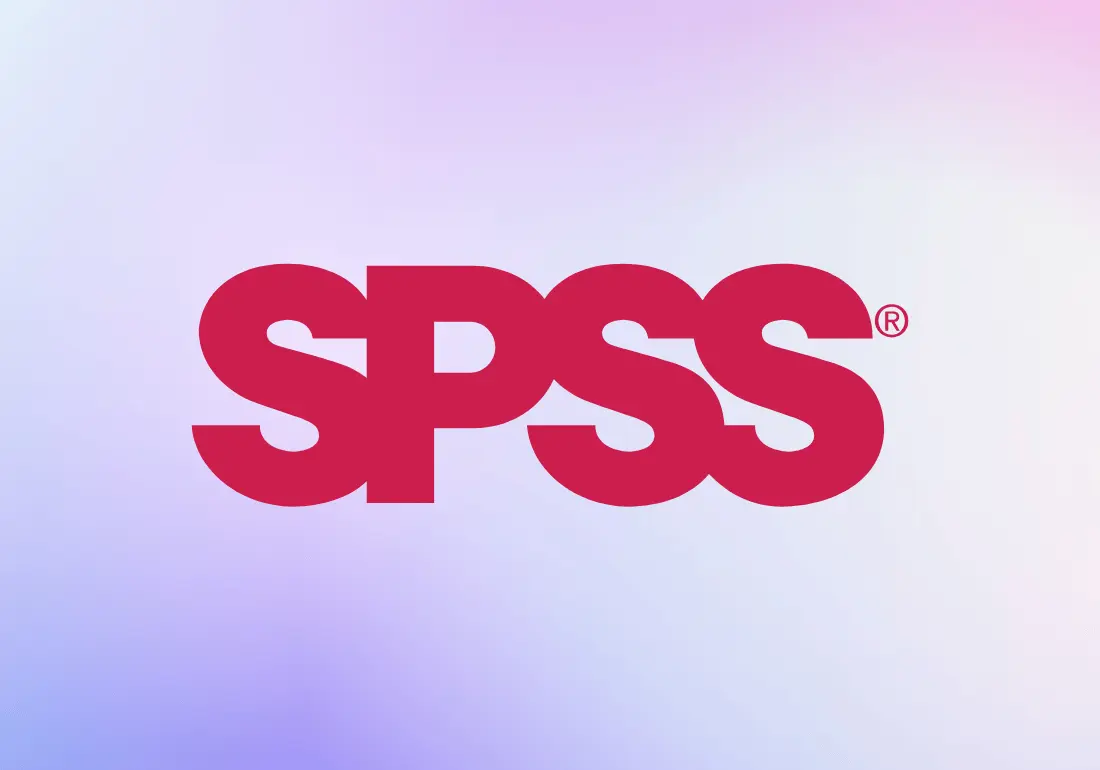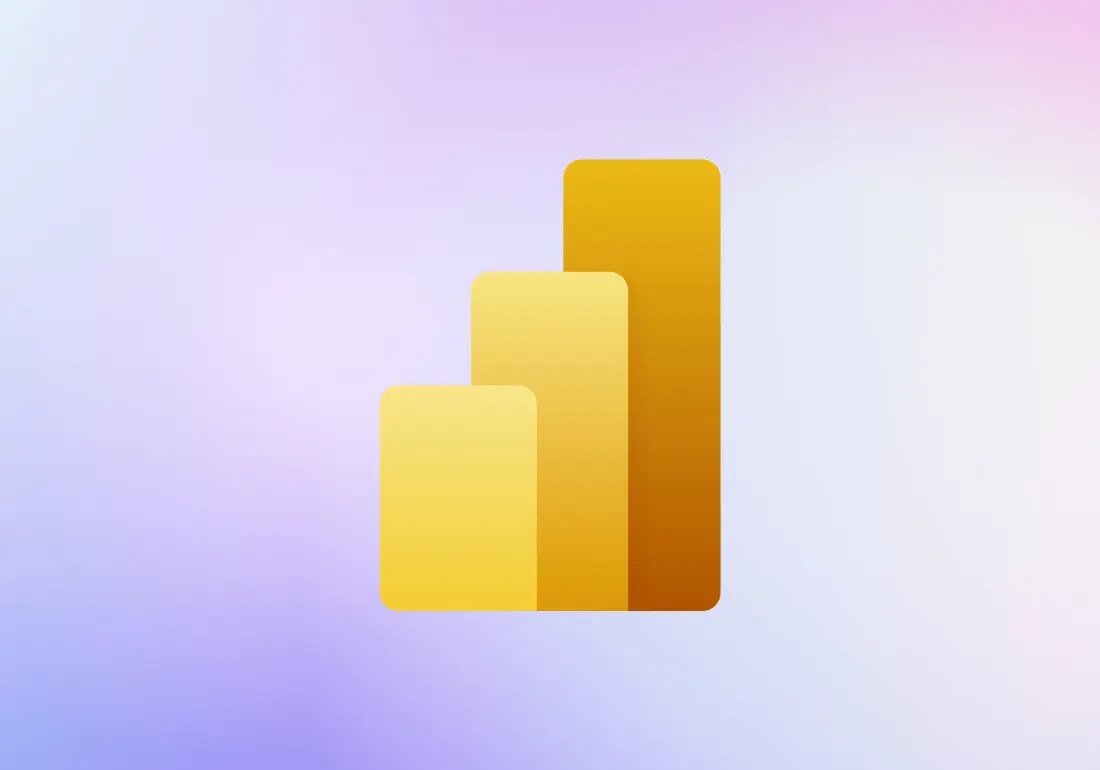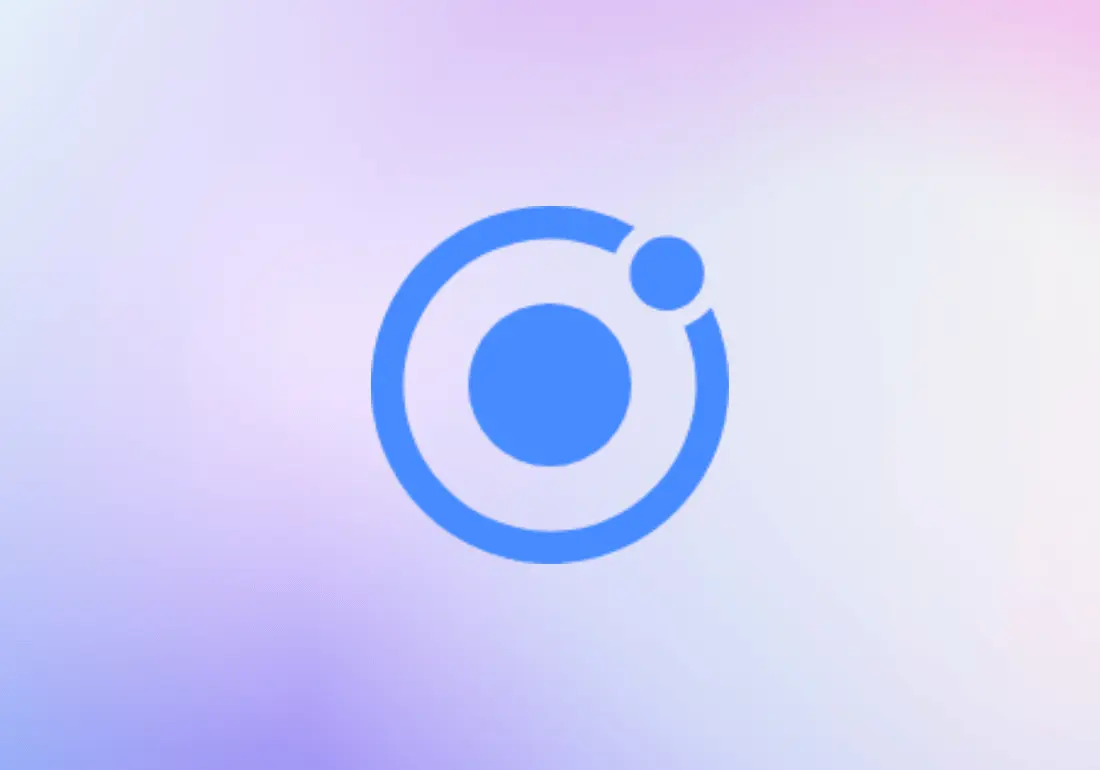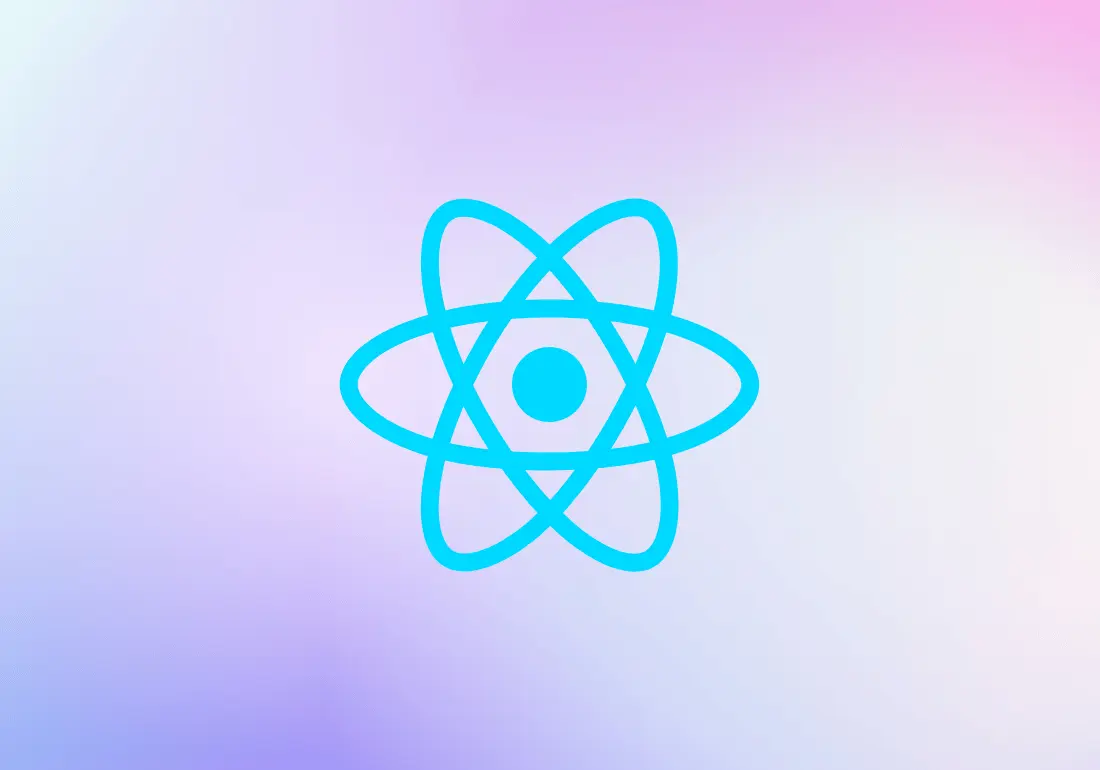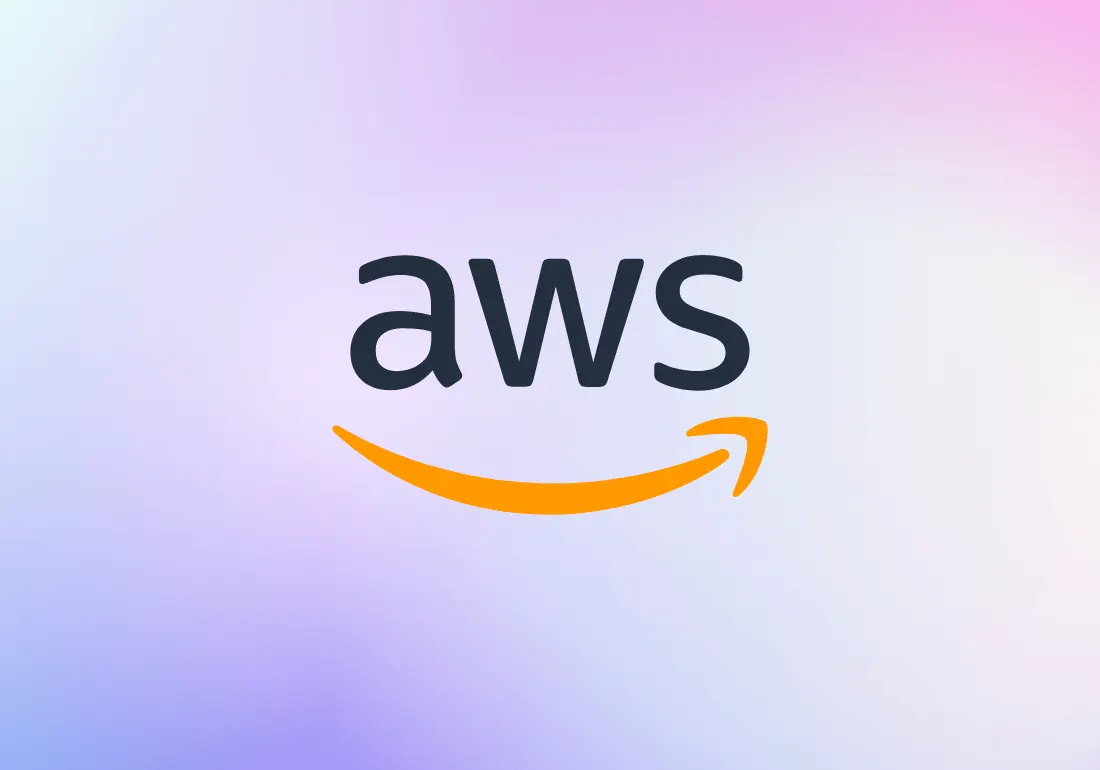Best Data Science With Python Training In Chennai
Modules in Data Science With Python Training In Chennai – Core Python, Data Extraction, Data Cleaning, Data Formatting, Data Visualization, Statistical Methods, Python Libraries, Data Science – Algorithms, ML and Projects

Introduction to Data Science using Python
Python is one of the most leveraged high-level programming languages which has several capabilities. Owing to increase in data accumulated and demand in analytics, Python is considered one of the best tools for performing Data Science activities other than SAS and R Python. Python like other languages has its own set of syntaxes, data types, operators, dates, functions and other components. We at Ampersand Academy, start from the basics of Python, and move on to the Python Analytics.
Once the candidates are well versed in Python and Python Analytics, we will be moving on to Data Science Concepts. In Data Science, we will be covering three main Data Science algorithms which are Classification, Clustering and Regression Analysis. Each algorithm will be explained in detail with unique algorithm-specific use cases, assignments and projects. Candidates will be given periodic assignments after completion of certain concepts, which will be evaluated by the trainer.
Methodology
We at Ampersand Academy, offer excellent methodology for Data Science With Python Training In Chennai. Our Data Science using Python can be opted by anyone with or without Python Knowledge. Candidates who are experienced in Python can directly move in to Data Science and those who have no knowledge can start with Python and then move on to Data Science. Our unique approach enables students to get the best out of the training. Our methodology makes us the best training institute for Data Science using Python.
COURSE OVERVIEW
Data Science Using Python Course
Our curriculum is carefully structured to balance practical and theoretical learning, with a strong emphasis on hands-on experience. We ensure that our students not only understand the core concepts of Data Science using Python but also know how to apply them effectively in real-world scenarios. To reinforce learning, we provide a variety of assignments, mini-projects, and assessments throughout the course, ensuring that students are well-prepared to tackle data science challenges with confidence and competence.
Python Data Science Course Curriculum
What Ampersand Academy provides for Python Data Science
1. Introduction to Python Programming
Theory
- Introduction to Python
- Overview of Python and its history.
- Key features and benefits.
- Anaconda IDE
- Installing and setting up Anaconda.
- Overview of Anaconda features.
Installing Python and Anaconda IDE
- Step-by-step guide to installing Python.
- Installing and configuring Anaconda IDE on various platforms.
2. Operators in Python
- Arithmetic Operators
- + – * / %% //
- Relational Operators:
- <, >, <>, =, >=, <=
- Bitwise Operators
- AND, OR, XOR, NOT, shifts.
- Increment and Decrement
- Using +=, -=, etc.
- Logical Operators
- AND, OR, NOT.
3. Loops
- Do While Loop
- Syntax and examples.
- While Loop
- Syntax and practical use cases
- For Loop
- Iterating over sequences.
- Break and Continue
- Controlling loop flow.
4. Data Structures
- Lists
- Creating, accessing, modifying.
- List comprehensions methods.
- Sets
- Creating and using sets.
- Set operations and methods
- Tuples
- Creating and accessing tuples.
- Tuple methods immutability.
- Dictionary
- Creating & using dictionaries.
- Methods operations.
- Strings
- Manipulation and methods.
- Formatting & Operations.
- Numbers
- Numeric types in Python.
- Operations & Conversions.
5. Introduction to Classes
- Create Class
- Defining & instantiating classes.
- Creating Objects
- Object instantiation and usage.
- Member Variables
- Instance and class variables.
- Member Methods
- Defining and calling methods.
6. Constructors
- Default Constructor
- Creating default constructors.
- Parameterized Constructor
- Using parameters in constructor.
7. Inheritance
- Is-A Relationship
- Understanding inheritance types.
- Has-A Relationship
- Composition and aggregation.
8. Polymorphism
- Compile-Time (Overloading)
- Method overloading concepts.
- Run-Time (Overriding)
- Overriding dynamic p-morphism.
9. Returning Objects
Methods returning objects and their applications.
10. Advanced Topics
- Modules
- Creating and importing modules.
- Import
- Importing from same and different packages.
- Packages
- Understanding and creating packages.
- Classifying same package same class, subclass, and non-subclass.
- Different package subclass and non-subclass.
- Abstract Class
- Concept of abstract classes and interfaces.
- Exception Handling
- Handling Mechanism
- Try, except, finally blocks.
- Raising Exceptions
- Custom exception raising.
- User-Defined Exceptions
- Creating and using custom exceptions.
- Handling Mechanism
- Multithreading
- Introduction to multithreading.
- Creating and managing threads.
11. File Handling
- Reading and Writing Files
- Reading from files.
- Writing to files.
12. Date and Time
- Date Object
- Working with dates.
- Date Time Object
- Handling date & time.
- Time Object
- Working with time.
- Time Zone Object
- Managing time zones.
13. Database Connection
- Connecting Database
- Setting up DB connections.
- Transactions
- Commit and rollback.
- Queries
- SELECT, INSERT, UPDATE
- CREATE, ALTER, DROP.
- Batch Processing
- Executing batch operations.
14. Additional Topics
- Event Scheduler
- Setting up and using event schedulers.
- Logging
- Implementing logging in Python applications.
- Regular Expressions
- Patterns and Matchers
- Creating and using regular expressions.
- Wildcards and Split
- Advanced regex techniques.
- Patterns and Matchers
15. Data Analysis with Pandas
- Data Frame Operations
- Create Data Frames
- Creating & initializing.
- Structure and Summary
- Understanding summarizing.
- Subsetting Data Frames
- Filtering & slicing data frames.
- Modifying Data Frames
- Adding new columns & rows.
- Formatting applying functions.
- Create Data Frames
- Data Reading and Writing
- CSV, Excel, JSON, and Text Files
- Reading & Writing file formats.
- Database Integration
- Reading from databases.
- Other Formats
- Reading SAS, SPSS, Stata files.
- CSV, Excel, JSON, and Text Files
16. Data Visualization with Matplotlib and Plotly
- Creating Charts and Graphs
- Matplotlib
- Bar charts, pie charts, boxplots, histograms, line graphs, scatterplots.
- Plotly
- Interactive visualizations with Plotly.
- Matplotlib
17. Introduction to Data Science
- Fundamentals of Data Science
- Overview and importance.
- Key concepts and workflows.
- Data Preprocessing
- Getting the Dataset
- Acquiring and loading data.
- Data Preparation
- Missing & categorical data.
- Splitting datasets and scaling.
- Getting the Dataset
18. Regression Techniques
- Various Regression Models
- Simple Linear Regression
- Building & evaluating simple LM.
- Multiple Linear Regression
- Handling multiple predictors.
- Polynomial Regression
- Modelling nonlinear relationships.
- Support Vector Regression
- Advanced regression techniques.
- Decision Tree & Random Forest
- Tree-based regression models.
- Simple Linear Regression
19. Classification Techniques
- Various Classification Models
- Logistic Regression
- Binary classification.
- K-Nearest Neighbors (K-NN)
- Distance-based classification.
- Support Vector Machine (SVM)
- Hyperplane Based.
- Naive Bayes
- Probabilistic classification.
- Logistic Regression
- Decision Tree & Random Forest
- Tree-based models.
20. Clustering Techniques
- Clustering Models
- K-Means Clustering
- Partitioning data into clusters.
- Hierarchical Clustering
- Creating a hierarchy.
- K-Means Clustering
21. Advanced Data Science Topics
- Association Rule Learning
- Market basket analysis rules.
- Reinforcement Learning
- Basics of reinforcement.
- Applications and algorithms.
- Natural Language Processing
- Text processing & analysis.
- Dimensionality Reduction
- Techniques like PCA for Reduction.
- Model Selection
- Best Model Selection Criteria.
- Cross-validation techniques.
22. Project
Real World Project
Course Duration and Planning
Our Data Science using Python course offers over 70+ hours of comprehensive, trainer-led instruction. The curriculum is carefully structured to cover all aspects of data science with Python, from fundamental concepts to advanced techniques. Training sessions are adaptable to your schedule, with options for both classroom and online learning, ensuring that the entire syllabus is thoroughly covered. The following table details our approach to delivering this training.

Who Is this course for?
Skills you can add to your CV:
Scope of Data Science using Python
Python, a versatile and powerful programming language, is essential for data science. It supports efficient data manipulation, analysis, and visualization across various applications. Python is integral in fields such as machine learning, artificial intelligence, and big data analytics. Its extensive libraries and frameworks, such as Pandas, NumPy, and Scikit-learn, make it a preferred choice for handling complex data tasks and developing predictive models. Python’s scalability and ease of use enable data scientists to perform sophisticated analyses and derive actionable insights from large datasets.
Prerequisite for learning Data Science using Python
Various positions offered for Data Science using Python
Placement Stats
Mazimum Salary Hike
Average Salary Hike
Our Alumni In Top Companies



Career Support We Provide
We provide comprehensive career support tailored to help you excel in the field of Data Science. Our services include personalized coaching, resume enhancement, interview preparation, and job placement assistance, ensuring you are well-equipped to secure top roles in the industry.
Trusted and Recommended: 4.9 Stars Everywhere You Look
Ampersand Academy has consistently received 4.9-star ratings on Google, Facebook, UrbanPro, Sulekha, and Just Dial, reflecting our commitment to providing exceptional education and support.
Transformative Learning Experience
Perfect Blend of Theory and Practice
Exceptional Course for Aspiring Data Scientists
FAQs
1. What is Data Science using Python?
Data Science using Python involves leveraging the Python programming language to analyze and interpret complex data. It includes techniques in data manipulation, statistical analysis, machine learning, and data visualization, all tailored to extract actionable insights from data.
2. Who should enroll in this course?
This course is ideal for aspiring data scientists, data analysts, AI professionals, statisticians, researchers, and anyone interested in building a career in data science using Python. It is also suitable for career changers looking to enter the field of data science.
3. What are the prerequisites for this course?
Basic knowledge of programming concepts and familiarity with Python is beneficial. However, the course is designed to accommodate beginners, so prior experience in data science is not required.
4. What will I learn in this course?
You will learn core concepts of data science including data cleaning, statistical analysis, machine learning algorithms, data visualization, and how to apply Python libraries such as Pandas, NumPy, Scikit-Learn, and Matplotlib.
5. What is the duration of the Data Science using Python course?
The course spans over 35+ hours of comprehensive, trainer-led instruction. The training is structured to cover both foundational and advanced topics, with flexible scheduling options available.
6. What is the training format?
Training is available in multiple formats including classroom sessions, online classes, and hybrid models. This flexibility allows you to choose the mode that best fits your schedule and learning preferences.
7. Will there be hands-on practice during the course?
Yes, the course includes practical sessions with real-world projects and case studies to reinforce learning and ensure you gain hands-on experience in applying Python to data science problems.
8. What kind of support will I receive during the course?
You will receive continuous support from experienced trainers, including guidance on assignments, project work, and one-on-one consultations. Our trainers are available to help you through any challenges you may encounter.
9. How will this course help with my career?
The course equips you with essential skills in data science and Python programming, making you a competitive candidate for roles in data science, machine learning, and analytics. We also provide career support including resume building, interview preparation, and job placement assistance.
10. Will I receive a certificate upon completion?
Yes, you will earn a certification upon successful completion of the course, which validates your expertise in Data Science using Python and enhances your credentials in the field.
11. Are there any project or portfolio requirements?
Yes, you will work on practical projects throughout the course to build a strong portfolio. This portfolio will showcase your ability to apply Python in real-world data science scenarios.
12. Can I get a demo session before enrolling?
Absolutely! Contact us to schedule a free demo session, where you can learn more about the course content, meet the trainers, and get a feel for the training format.

